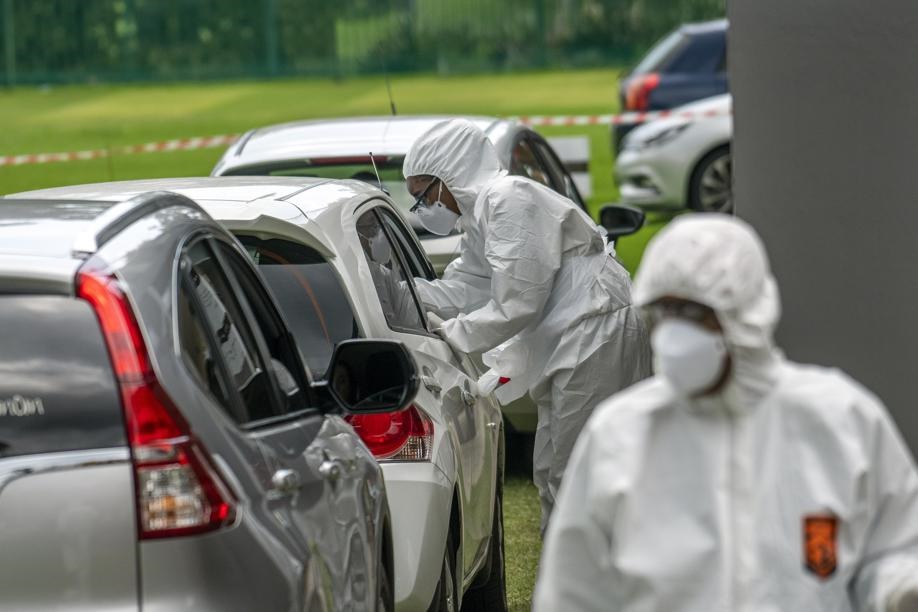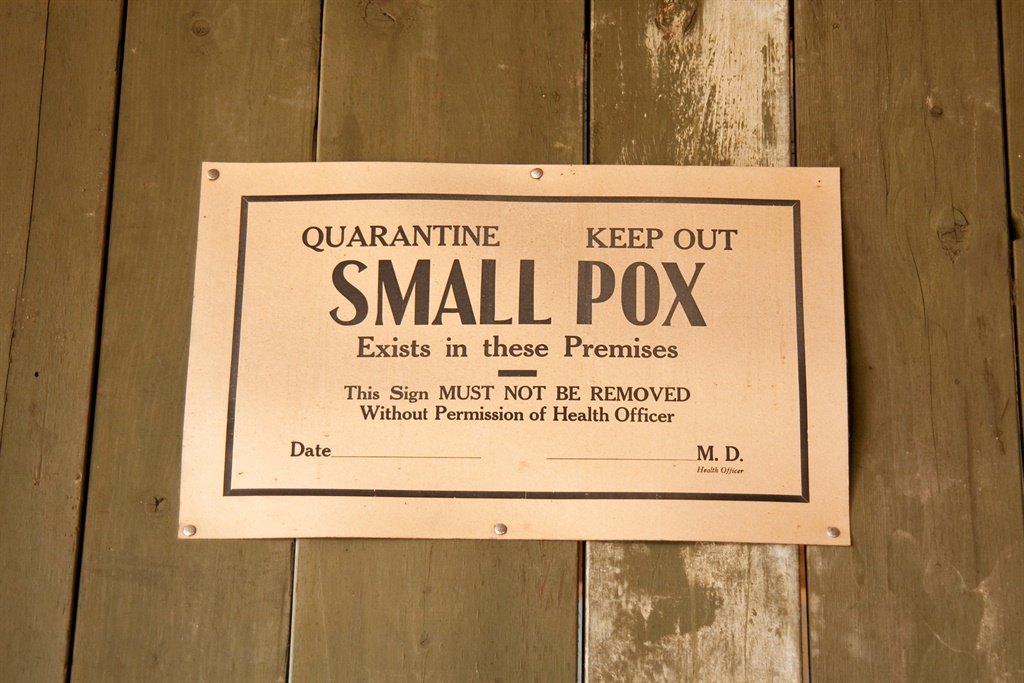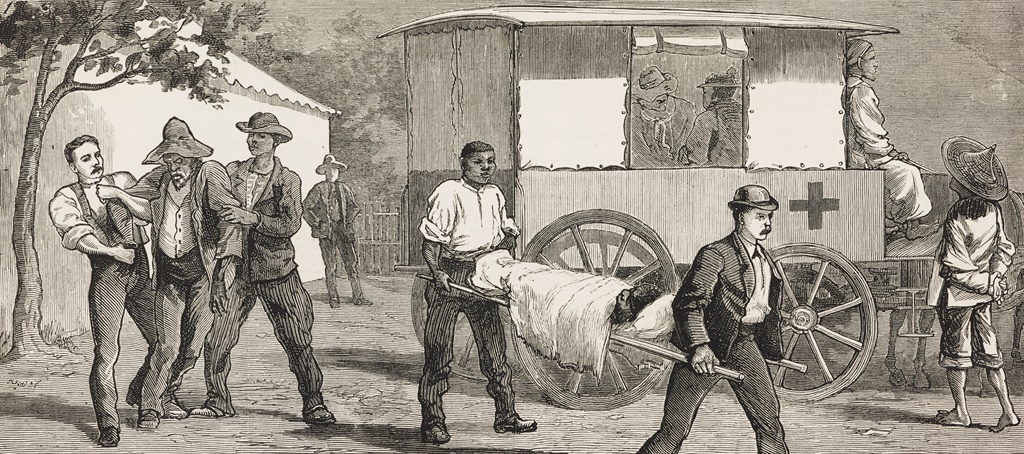
The Covid-19 coronavirus has forced an unprecedented worldwide lockdown that humans have never experienced on such scale.
However, the enforcement of a quarantine is by no means a new problem and has historically been a delicate balance between persuasion and force.
As government ministers try to coax South Africans to stay at home for at least 21 days, and security forces are given the task of implementing the lockdown without violence, there are similar circumstances in our past that remind us that the more things change the more they stay the same.
In Martin Meredith’s definitive history of South Africa – Diamonds, Golds and War – we are taken back to the primitive and dusty streets of Kimberley.
In 1882 a smallpox epidemic spread northwards from Cape Town.
Meredith recounts how a “young, energetic Afrikaner doctor, Hans Sauer, newly graduated from Edinburgh University” set up a quarantine camp at a crucial crossing point on the Modder river, insisting “that travellers were examined, vaccinated, fumigated and, if necessary, placed into quarantine.”
At times, the camp held 1800 detainees.
Dr Sauer was employed by Kimberley’s sanitary inspector, and was given a police detachment but no legal permission to detain travellers.
But in his own words he wrote: “There were, of course, many who objected violently but force was always employed to make them submit, with the result that at one time I had as many as 19 actions for assault, battery and interference with persons on the Queen’s highway, but somehow none of these actions came to anything, they all mysteriously faded away and died out.”
It turned out that mining magnate Cecil John Rhodes had a key part to play in “squaring” the cases before they came to court to protect his not inconsequential business interests in the region.
Barely having succeeded in getting the first 1882 epidemic under control, another one occurred in Kimberley in 1883.
Kimberley’s elite steadfastly denied that the epidemic was smallpox but instead pronounced that it was a more benign outbreak of chickenpox, in order to keep the extraordinarily lucrative diamond mines open.
Meredith reported how Dr Sauer became extremely unpopular in the town when he returned to Kimberley following a long hunting trip in the then Transvaal, and pronounced that it was most definitely a smallpox epidemic.
It was too late for the residents though.
The smallpox had taken hold and it raged through Kimberley for another two years before vaccinations and quarantine eradicated it.
Officially 700 died but in reality the numbers were far higher.
The transmission of smallpox was spread almost identically to Covid-19, through airborne droplets from an infected person within 1.8 metres, but could also be spread through contaminated objects.
An article from The Star in 1896 that reported regularly on smallpox outbreaks in Johannesburg illustrated the unique challenges of the time.
The article curtly announced that there were “17 new cases” admitted to the hospital hill “lazaretto” the previous evening and that Johannesburg residents should beware “of those who cough”.
It went on to bemoan the fact that matters weren’t helped either by the fact that the calf lymph gland used to manufacture vaccines had turned rancid on the trip from Pretoria to Johannesburg.
Behind the closed doors of the quarantine station in the old suburb of Hospital Hill, situated between Hillbrow and Braamfontein, the stricken suffered the horrific indignities that smallpox inflicted, alone and unable to see their families in what was often to be their last days.
The mining town then was barely 10 years old, and a cough from a passenger on a tram or train would have surely raised the hair on the neck of anyone in the vicinity.
These are the same chilling anecdotes that are being reported in Italy now and more often in North America where the epidemic has taken hold – families having to say goodbye to their loved ones by video call before they take their last breath.
It seems the world faces the same old problem now as it did then – how to keep the sick away from the healthy during an epidemic.
• Mark Visser is a writer in Joburg who has researched the city’s early days as part of a novel set during that time period




 Publications
Publications
 Partners
Partners










